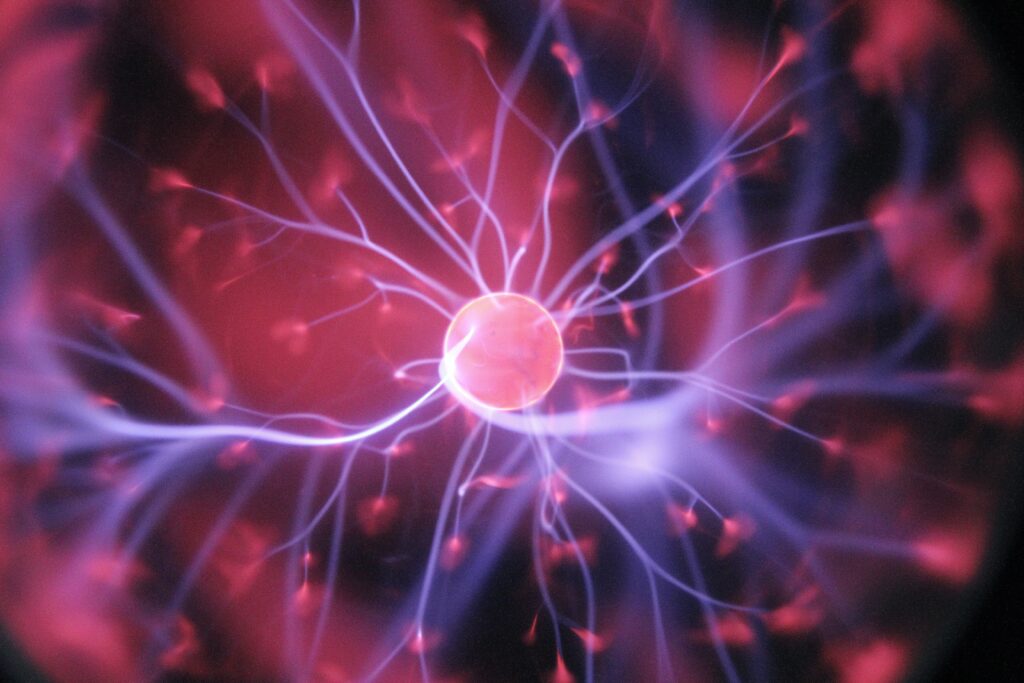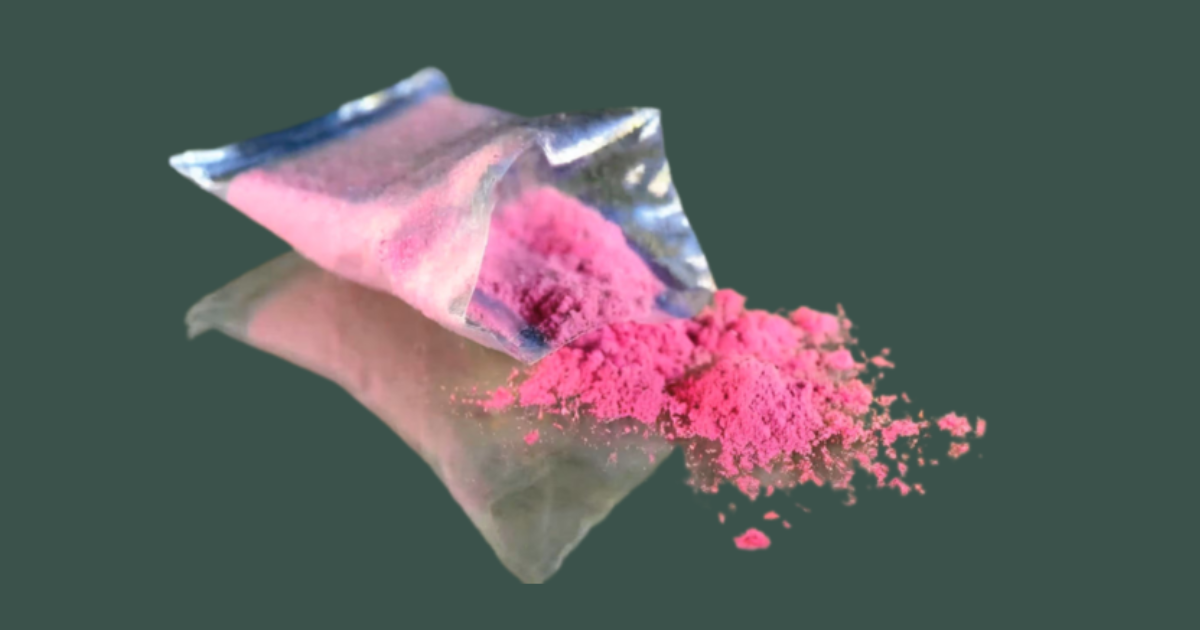In addiction recovery, one of the most crucial aspects to understand is the role of Dopamine and how it’s affected by substance abuse. This neurotransmitter plays a significant role in our brain’s reward system, and addiction often disrupts its balance. Rebalancing your brain’s dopamine levels after addiction is an essential step to ensuring you only need to go to rehab once.
What is Dopamine?
Dopamine is a neurotransmitter, a chemical messenger that transmits signals in the brain. It plays a pivotal role in how we feel pleasure and is often associated with the ‘reward system’ in our brain. This system rewards certain behaviors with pleasure, encouraging us to repeat them. However, addictive substances can hijack this system, leading to an overproduction of Dopamine and, subsequently, a disruption in its balance.
The Impact of Addiction on Dopamine Levels
The impact of addiction on Dopamine levels is profound. Addictive substances can cause the brain to produce excessive amounts of Dopamine, creating a high. However, over time, the brain adjusts to these high Dopamine levels by producing less or reducing the number of receptors that can receive signals. This leads to the person needing to use more substances to experience the same high, a phenomenon known as tolerance. Furthermore, Dopamine levels can drop significantly when the substance is not in the system, leading to withdrawal symptoms and cravings. This cycle can lead to a state of Dopamine burnout, where the individual finds little pleasure in activities they once enjoyed.
The Role of Dopamine in Recovery
Restoring the Dopamine balance is of utmost importance in the recovery journey. As the individual abstains from the addictive substance, the brain adjusts to its normal state. However, this process takes time and can often be accompanied by withdrawal symptoms and reduced ability to feel pleasure, known as anhedonia. It’s important to note that while this can be a challenging period, it is a crucial part of the recovery process.
How Long Does It Take for Dopamine to Rebalance?
The question often arises, how long does it take for Dopamine to rebalance? The answer varies depending on several factors, including the type of substance used, the duration of use, and individual biological factors. However, many medical professionals believe the brain’s Dopamine system can gradually return to its normal state with sustained abstinence and proper treatment. According to the Recovery Research Institute, it takes about 14 months of complete abstinence for the Dopamine transporter levels to return to nearly normal.
Rebalancing Dopamine Levels After Overcoming Addiction
Steps to Rebalance Dopamine Levels
Rebalancing your brain’s Dopamine levels after overcoming addiction is a process that involves multiple strategies. These can include lifestyle changes, therapy, and medication.
Lifestyle changes are often the first step. This can include regular physical exercise, a balanced diet, adequate sleep, and stress management techniques such as meditation or yoga. These changes can help promote overall brain health and support the natural production of Dopamine.
Therapy, particularly cognitive-behavioral therapy (CBT), can also be beneficial. CBT can help individuals understand and change thought patterns that lead to harmful behaviors and emotions, aiding recovery.
In some cases, medication may help manage withdrawal symptoms and cravings and support rebalancing Dopamine levels. It’s important to note that any medication should be taken under the supervision of a healthcare professional.
The Role of Rehab in Dopamine Rebalance
Rehab programs play a crucial role in helping individuals rebalance their Dopamine levels after overcoming addiction. These programs provide a structured environment that supports recovery and offers a range of therapies to help individuals manage their addiction.
One of the primary therapies used in rehab to restore Dopamine balance is medication-assisted treatment (MAT). This approach employs a combination of medications, counseling, and behavioral therapies to deliver a comprehensive, patient-centered treatment strategy for substance use disorders.
Another therapy often used is psychotherapy, including individual therapy, group therapy, and family therapy. These therapies can help individuals address the underlying issues that may have contributed to their addiction and develop new coping strategies.
Successful Dopamine Rebalance After Addiction
To illustrate the process of rebalancing Dopamine levels after overcoming addiction, let’s consider a real-life case study. Luke, a 29-year-old male, struggled with alcohol addiction for several years. His addiction significantly disrupted his brain’s Dopamine balance, leading to severe withdrawal symptoms when he tried to quit.
Luke decided to seek help and enrolled in a rehab program. The program included medication-assisted treatment, psychotherapy, and lifestyle changes. Over time, Luke noticed a significant improvement in his mood and energy levels. He no longer experienced severe withdrawal symptoms and his cravings for alcohol-reduced significantly. Luke successfully rebalanced his Dopamine levels after 14 months of sustained abstinence and treatment.
Dopamine Rebalance After Addiction FAQs
Can Dopamine levels return to normal after addiction?
Yes, the brain’s Dopamine system can gradually return to normal with sustained abstinence and proper treatment.
What happens when you reset Dopamine?
Resetting Dopamine involves restoring the balance of this neurotransmitter in the brain. This can help improve mood, energy levels, and the ability to feel pleasure and reduce cravings for addictive substances.
How do you balance Dopamine after addiction?
Balancing Dopamine after addiction involves a combination of lifestyle changes, therapy, and in some cases, medication. A structured rehab program often supports this process.
Conclusion
In conclusion, rebalancing Dopamine levels after overcoming addiction is a crucial part of the recovery process. It involves a combination of lifestyle changes, therapy, and sometimes medication and is often supported by a structured rehab program. While the journey can be challenging, with the proper support and treatment, individuals can successfully rebalance their Dopamine levels and move forward in their recovery.
With all the information available on the internet, deciding on your next move can feel overwhelming. We appreciate you visiting our site, and if you are here to locate information about rehab for yourself or someone else, we offer a free treatment directory. You can use this tool to locate rehab facilities and treatment centers nearest to your zip code.







